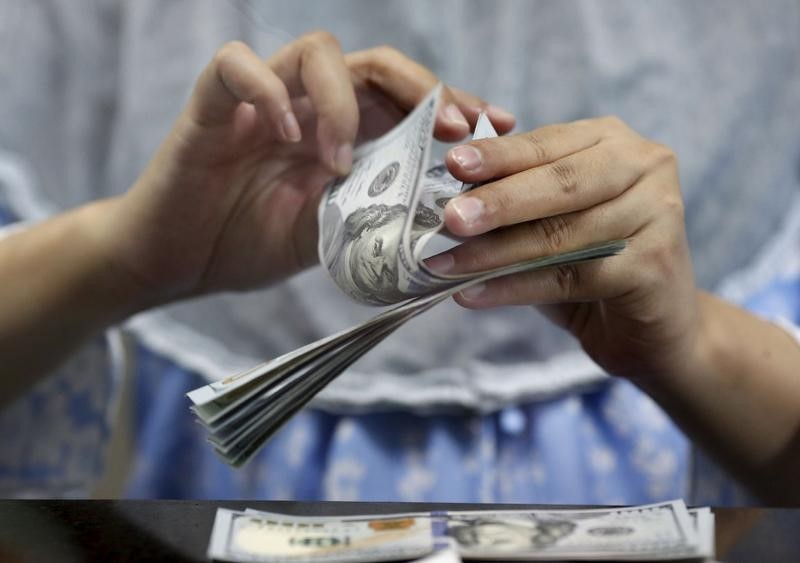By Gina Lee
Investing.com – The dollar was up on Tuesday morning in Asia, with the safe-haven asset remaining near a two-week high. Concerns about faster-than-expected U.S. Federal Reserve monetary policy tightening and possible armed conflict in Ukraine also continued to mount.
The U.S. Dollar Index that tracks the greenback against a basket of other currencies inched up 0.04% to 95.935 by 11:23 PM ET (4:23 AM GMT).
The USD/JPY pair edged down 0.17% to 113.72.
The AUD/USD pair inched up 0.03% to 0.7142. Australian data released earlier in the day showed that the consumer price index grew 1.3% quarter-on-quarter and 3.5% year-on-year in the fourth quarter of 2021. Meanwhile, the National Australia Bank (OTC:NABZY) (NAB) Business Confidence index was at –12 for December.
The higher-than-expected number boosted the case for a Reserve Bank of Australia (RBA) interest rate hike in 2022, despite the central bank’s governor Philip Lowe previously maintaining that such an eventuality was extremely unlikely.
However, money markets have long disagreed with the RBA's stance and are priced for a rate hike by June 2022.
"The numbers are clearly well above the RBA's own forecasts for inflation, so the chances they will have to capitulate on their previous guidance are rising by the day," NAB head of FX strategy Ray Attrill told Reuters.
At the same, "the numbers simply validated the position of the money markets," which explains why the Australian dollar did not have a sustained rally, he added.
The NZD/USD pair was down 0.33% to 0.6676.
The USD/CNY pair inched down 0.02% to 6.3297 and the GBP/USD pair inched down 0.06% to 1.3477.
The Fed will hand down its policy decision on Wednesday, which will be scrutinized for clues on a timetable for interest rate hikes and asset tapering. Money markets are priced for a first hike in March, with three more quarter-point increases by the end of 2022.
"The case for the Fed potentially following up a March rate rise before the June meeting - even as early as April - is a very compelling one, and there is a risk that the market will still have to reprice," said NAB's Attrill.
"The geopolitical risk has just added a new layer of safe-haven support."
This geopolitical tension between the U.S. and Russia over Ukraine that Attrill is referring to continues to mount. NATO said it was putting forces on standby and reinforcing eastern Europe with more ships and fighter jets, a move denounced by Russia as an escalation of tensions.
Markets had largely ignored this tension until recently but are pricing more of a risk premium into the euro, according to ING Bank strategist Francesco Pesole. Concerns are also mounting that the tensions could prompt Moscow to cut energy supplies to Europe, he added.
